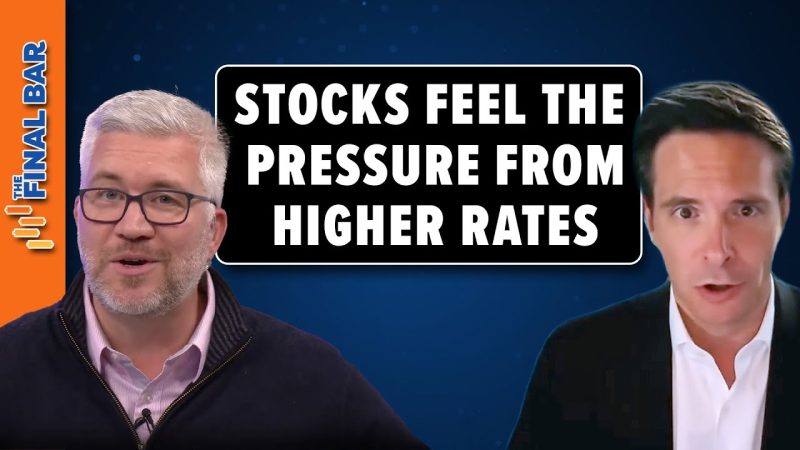The stock market has been feeling the pressure of increasingly higher interest rates for some time now, and the trend looks set to continue. With the Federal Reserve signaling a rate hike in December, the market has been struggling to make up lost ground.
Recent economic data suggest that the US economy is continuing to grow at a healthy clip, which is usually good news for stocks. However, investors are rightly concerned that higher interest rates may eventually eat into profits and start eating up investors’ gains.
Higher rates can make it difficult for companies to borrow money for expansion, financing costlier projects, and it will also make it harder for investors to refinance high-interest loan debt. This could put a drag on stock prices, especially for companies that have high debt levels.
Higher interest rates also tend to push the US dollar higher, which can hurt the profits of large multinational companies. These companies rely on foreign countries for much of their earnings, and with the dollar strengthening, their export sales may become less competitive.
It’s also possible that higher interest rates may lead to slower economic growth in the US, which could weigh on corporate profits and stock prices. With the Trump administration pushing for the nation’s growth rate to reach 3%, there’s already pressure on the Federal Reserve to take a more aggressive stance on raising interest rates.
Overall, it’s clear that higher rates are likely to put a squeeze on stock prices over the long term. This isn’t to say that investing in stocks is no longer an option, but investors should certainly be aware of the potential impacts. It’s in their best interest to look closely at the financials of each company in order to determine how it will fare under adverse economic conditions.
By preparing for higher interest rates and being vigilant in stock-picking, investors can ensure that they’re minimizing the risks associated with the current rise in rates.
